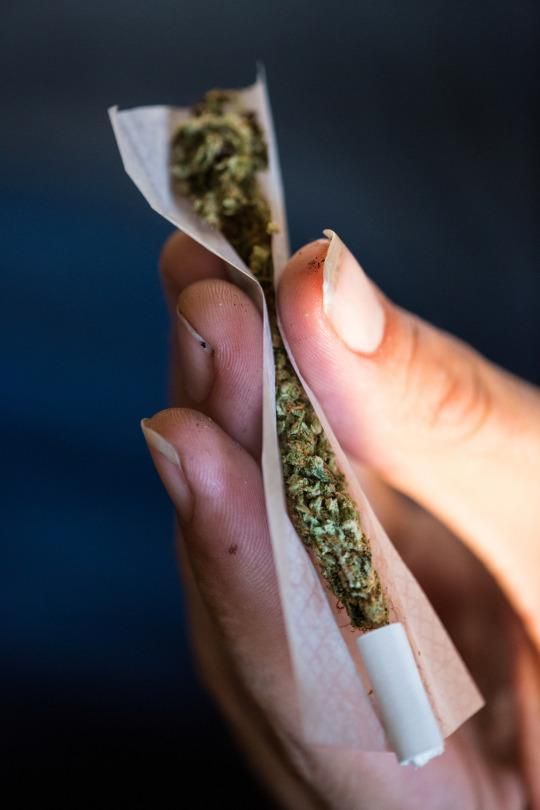A study released on Monday found that despite an increased acceptance of marijuana at city and state levels, adolescent use of the drug — as well as approval of it — is down across the country.
The study, published in the The American Journal of Drug and Alcohol Abuse, looked at marijuana use among adolescents, as well as young people’s attitudes toward the drug, from 2002 to 2013. And the results were surprising.
According to the report, “The proportion of adolescents aged 12–14 reporting ‘strong disapproval’ of marijuana use initiation increased significantly from 74.4–78.9%. Concurrently, a significant decrease in past 12-month marijuana use … was observed among younger adolescents.” In that 12-14 age range, the percentage of those who had used marijuana in the past year decreased from 6 percent in 2002 to 4.5 percent in 2013. For older teens, from 15 to 17, disapproval of pot didn’t change, but the percentage of teens who had smoked weed in the previous year declined from 26 percent in 2002 to 22 percent in 2013.
The study looked at nationally representative data from the National Survey on Drug Use and Health, spanning the period of 2002 to 2013, based on self-reported questions from approximately 500,000 adolescents and young adults.
“With decriminalization, medicalization and in some places recreational use, and adults no longer viewing marijuana use as an immoral act, we were concerned how it would affect teen use and attitudes,” lead author Christopher Salas-Wright, assistant professor in the School of Social Work at the University of Texas at Austin, tells Yahoo Parenting. “But, especially at the middle school age, youth became more disapproving, not more permissive. And certainly this data tells us we don’t see a dramatic spike at the national level in terms of marijuana use.”
As laws across the country continue to change, Salas-Wright says more research will be needed into why teen pot use is decreasing — and why attitudes are changing — but this data could have significant implications. It shows, he notes in a press release, that changing laws and policies “have not resulted in more use or greater approval of marijuana use among younger adolescents.”
The next step, he says, is to investigate what is causing these changes. “It’s curious that we are seeing early adolescents becoming more disapproving,” he says. “Next would be to look at what explains the change. Is it a result of prevention efforts? How are changes in policy affecting young people?”
And while this study gives a good national snapshot, it doesn’t look at how attitudes are changing at the city or state level, Salas-Wright says. “This is a great study because it gives a national overview, but it doesn’t provide more localized information about what’s happening with youth in places like Colorado or Washington, which are more directly affected by changes in policy,” he points out.
Yet a study published last month in The Lancet Psychiatry did look at more localized instances, and found that the passage of medical marijuana laws in 23 states and Washington D.C. has not lead to increased adolescent use. “Our findings provide the strongest evidence to date that marijuana use by teenagers does not increase after a state legalizes medical marijuana,“ study author Deborah Hasin, professor of epidemiology at Columbia University Medical Center in New York City, said in a press release. That study did find, however, that in the states that passed such laws, adolescent use had already been higher than in other states.
The gist, says Salas-Wright, is that while parents’ attitudes towards marijuana might be getting more permissive, adolescent perceptions are not. “We know American adults are starting to view this as non-moral issue. We’ve seen the country’s adults changing, and we’re trying to get at what young people think and do,” he says. And while policies are changing across the country, “we don’t see a corresponding spike in use.”
Fuente: www.yahoo.com
